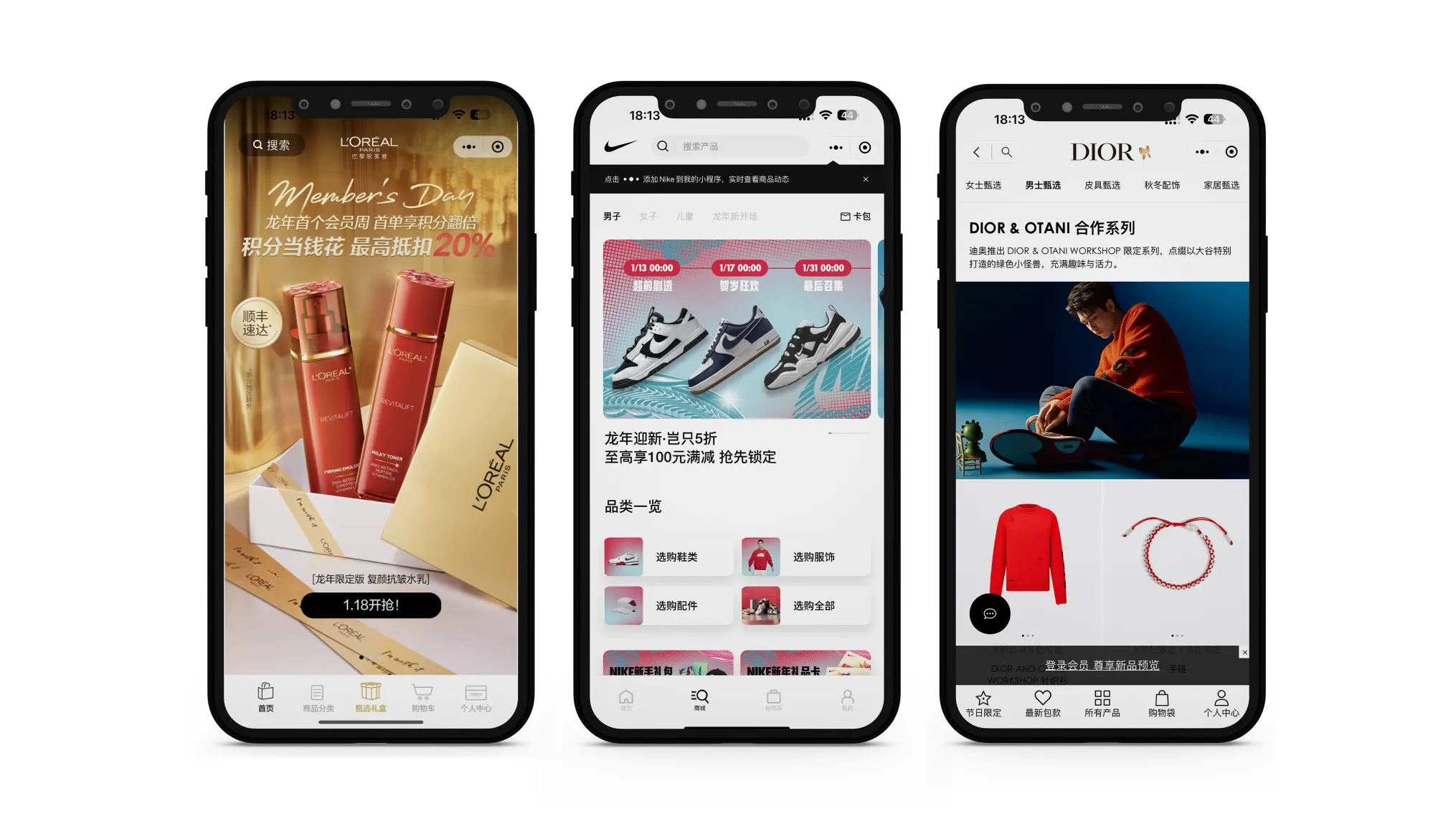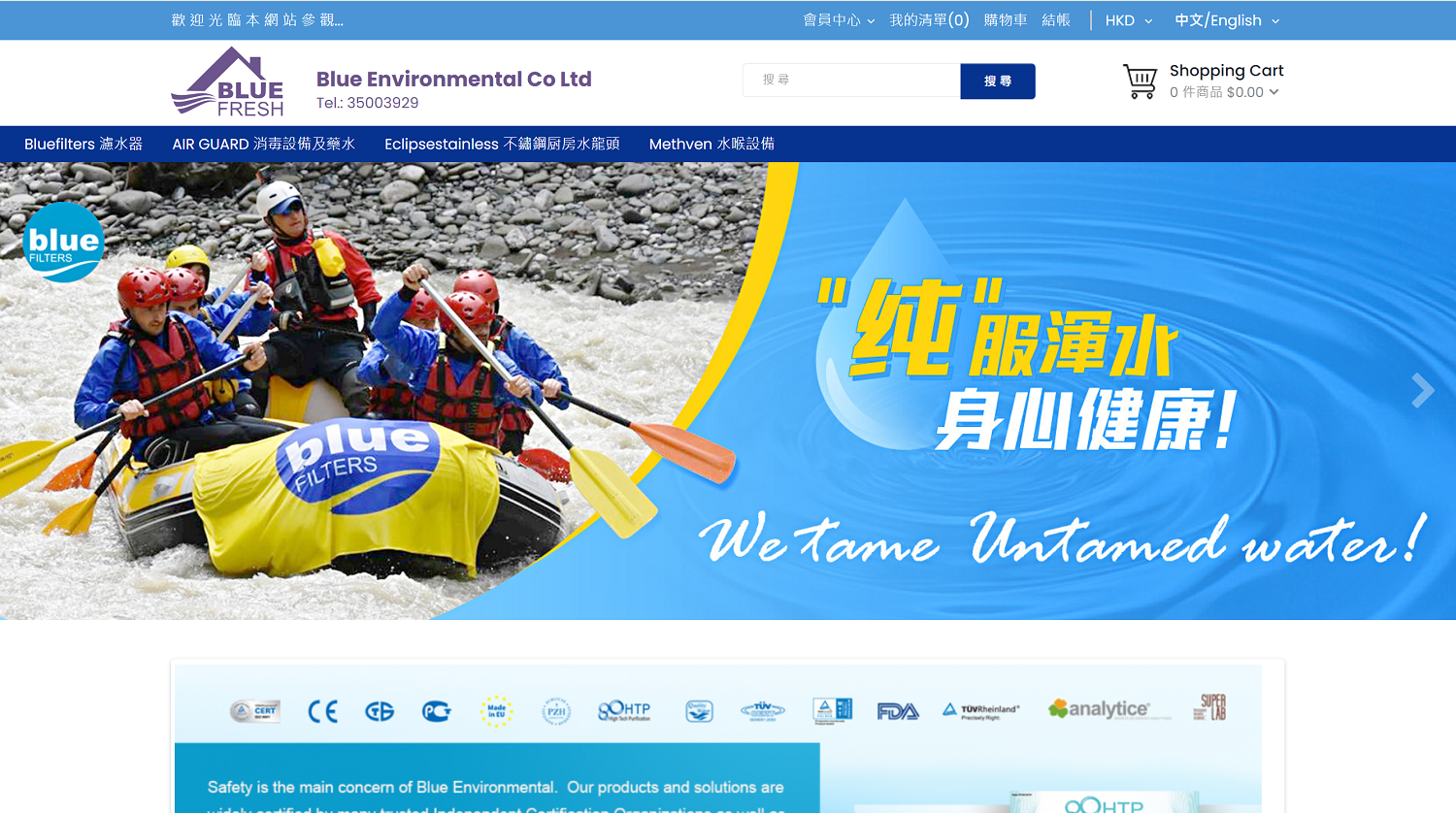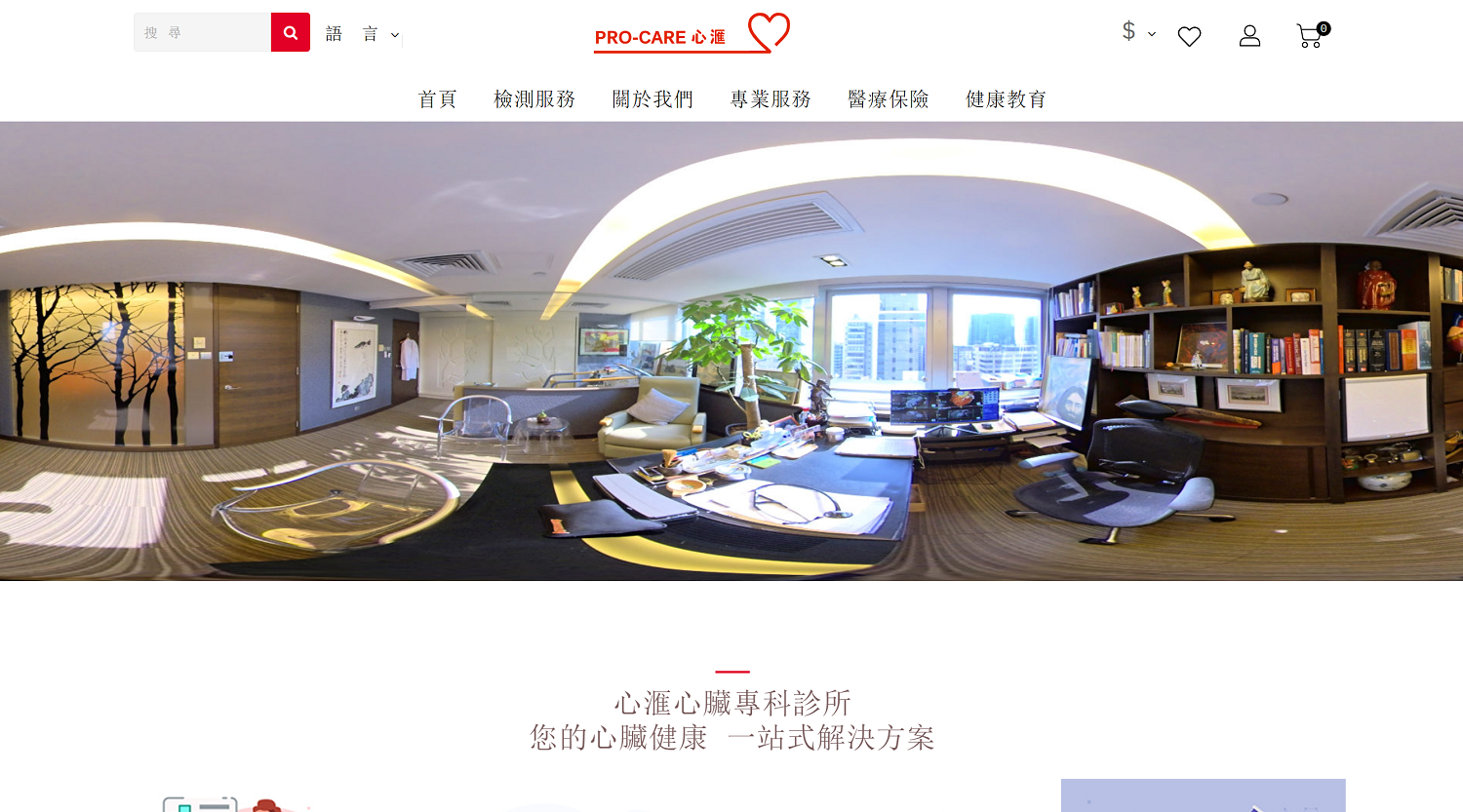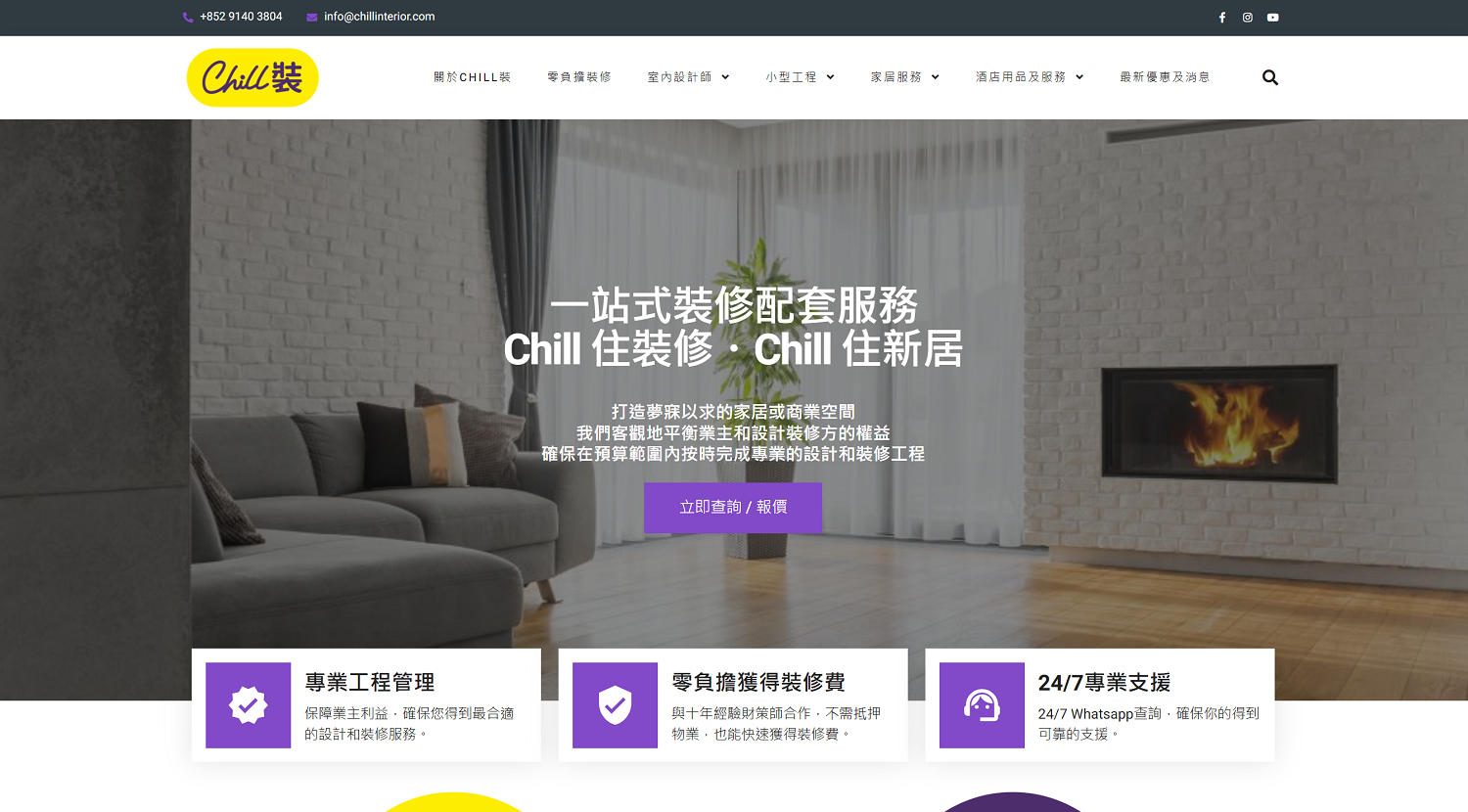
Software Developments
Website
Website development is the process of creating websites or web applications. It encompasses a variety of tasks, including web design, web publishing, web programming, and database management. Here’s a brief introduction to the key components:
- Web Design: This involves the visual aesthetics and usability of a website. It includes layout design, color scheme selection, and navigation design.
- Web Publishing: This refers to the process of uploading the developed content onto a server so that it can be accessed via the internet.
- Web Programming: This is where developers write code to create the functionality of the website. Languages like HTML, CSS, and JavaScript are commonly used.
- Database Management: For sites that handle a lot of data, managing databases is crucial. This involves creating, updating, and maintaining databases that store website data.
The development process starts with planning the website’s structure and design, followed by writing the code that will bring the website to life. Once the website is developed, it’s published to a web server and maintained over time to ensure it remains up-to-date and secure.
For those starting in web development, it’s recommended to begin with the basics of HTML, CSS, and JavaScript. These are the foundational languages of the web and will enable you to create simple websites and understand the structure behind more complex sites.
If you’re interested in learning more about web development, there are many resources available, including online tutorials, courses, and documentation that can guide you through the process of creating your first website.
Mobile App
The app development process is a structured approach to creating mobile applications. It typically involves the following stages:

Conceptualization
This is the brainstorming phase where you identify the purpose of the app and its target audience. You’ll also research the market to see if there’s a demand for your app idea.

Planning
In this stage, you define the app’s features, create wireframes, and plan the user journey. You also decide on the platforms (iOS, Android, or both) and the technologies you’ll use.

Design
Designers create the visual elements of the app, including the layout, color scheme, typography, and user interface elements. The goal is to create an intuitive and attractive design.

Development
Developers write the code to build the app’s functionality. This stage can be divided into two parts:
- Front-end Development: Involves creating the client-side part of the app that users will interact with.
- Back-end Development: Involves setting up servers, databases, and APIs that work behind the scenes to support the app’s functionality.

Testing
Rigorous testing is conducted to ensure the app is free from bugs and errors. This includes unit testing, integration testing, and user acceptance testing.

Launch
After testing and final refinements, the app is launched on app stores like Google Play or the Apple App Store.

Maintenance & Updates
Post-launch, the app needs regular updates for new features, bug fixes, and to keep up with the latest operating system versions.

Marketing
Parallel to development and after launch, marketing efforts are crucial to ensure the app reaches its intended audience and stands out in the competitive market.
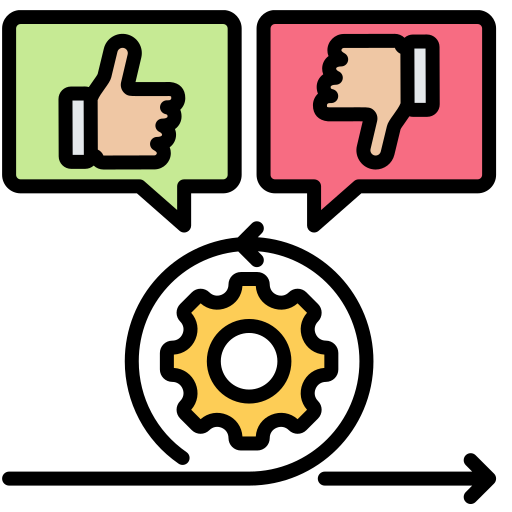
Feedback & Iteration
Collecting user feedback and analyzing app performance metrics can provide insights for future updates and improvements.
Each stage is critical to the success of the app, and skipping any can lead to issues down the line. It’s a collaborative effort involving project managers, designers, developers, testers, and marketers working together to bring an app from concept to reality.
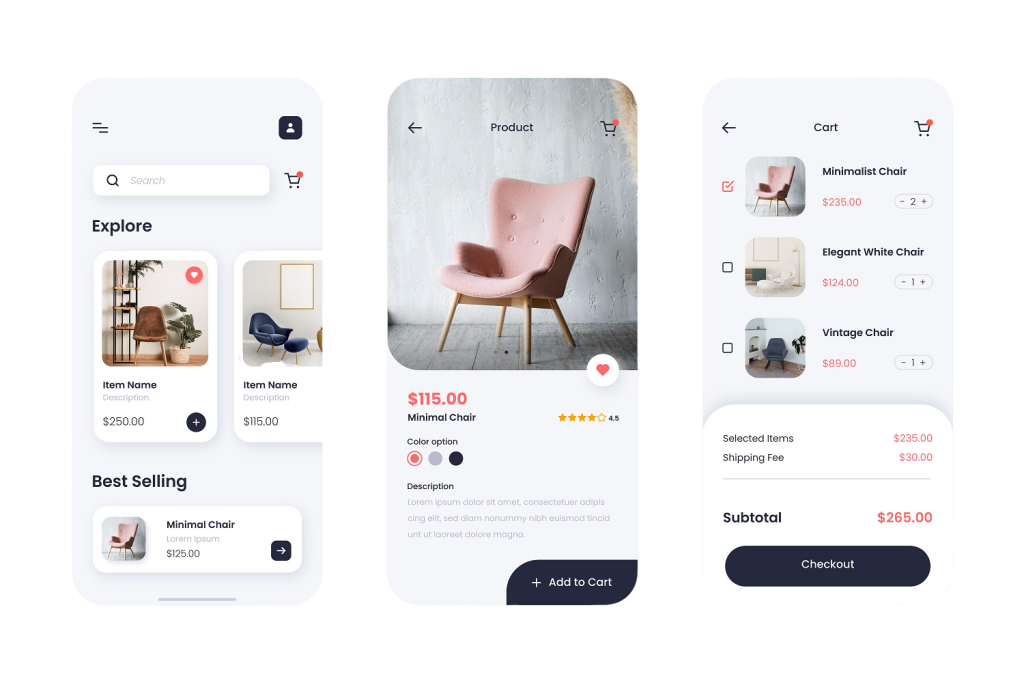
WeChat Mini Programs
WeChat Mini-Programs are essentially sub-applications within the WeChat ecosystem, designed to be fast, lightweight, and user-friendly. They provide a range of functionalities and can be accessed directly within WeChat without the need for downloading or installing separate apps. Here’s a detailed description:
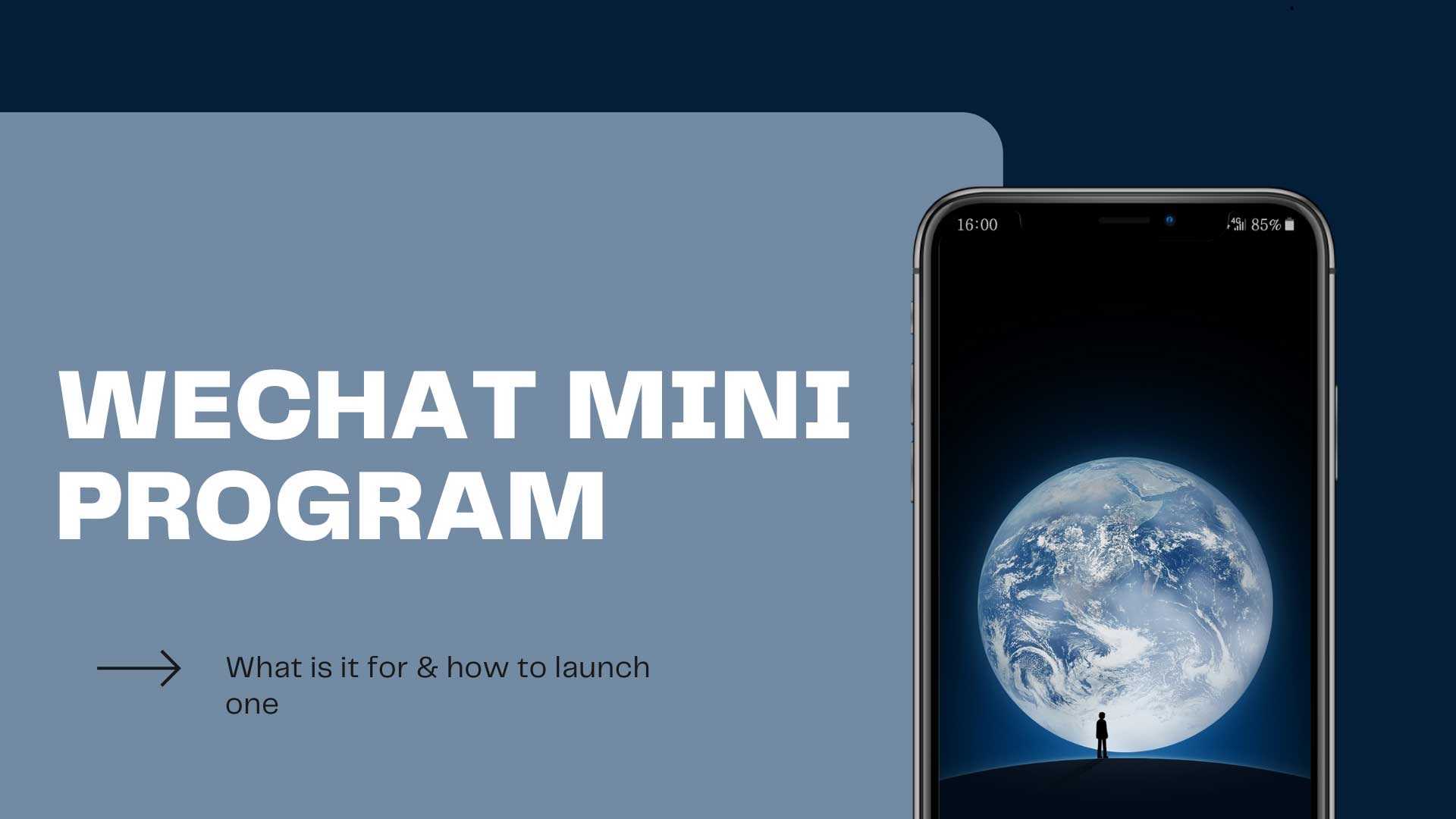
What are WeChat Mini Programs?
Mini programs are small, lightweight mobile native apps that you can use to do things like order food, book a taxi, or pay bills. They’re built on the WeChat platform and can be accessed through WeChat’s “Mini Programs” directory.
Unlike regular apps, mini-programs don’t require installation. You can just open them up and use them right away for your e-commerce needs. And since they’re just small programs that run inside of WeChat, they’re fast and efficient with very few storage requirements.
Users simply scan a QR code with their device or open a link in the WeChat app that links to the program – no operating system complexities are required.
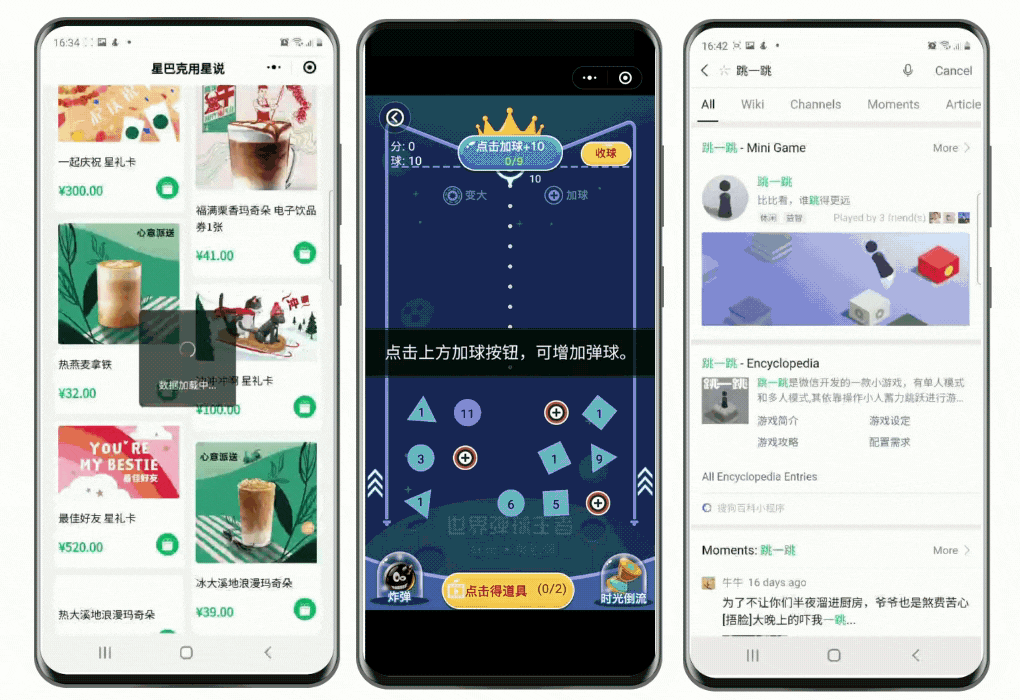
What are the steps to develop a WeChat Mini Program?
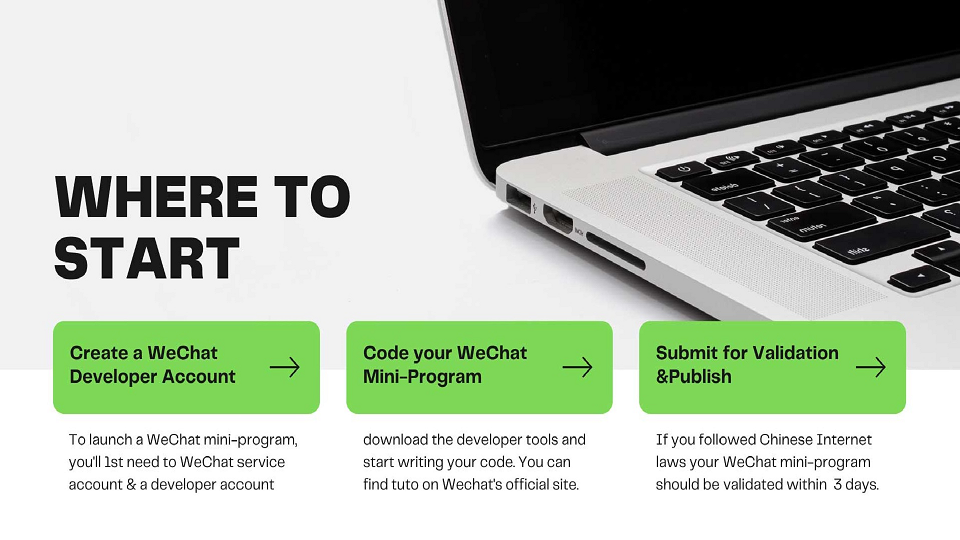
- Register for a WeChat Mini Program account through the official WeChat platform.
- Complete the verification process, which requires providing personal information and documentation.
- Set up an Official Account if you don’t already have one, as this is required to launch a Mini Program.
- Design and develop your Mini Program according to WeChat’s guidelines and best practices.
- Submit your Mini Program for certification, which involves testing for functionality, security, and compliance with relevant regulations.
- Wait for approval from WeChat before launching your Mini Program.
It’s important to note that each step of the registration and certification process is critical in ensuring the success of your WeChat Mini Program. By following these steps carefully, you can create a high-quality Mini Program that engages users and drives business results.
